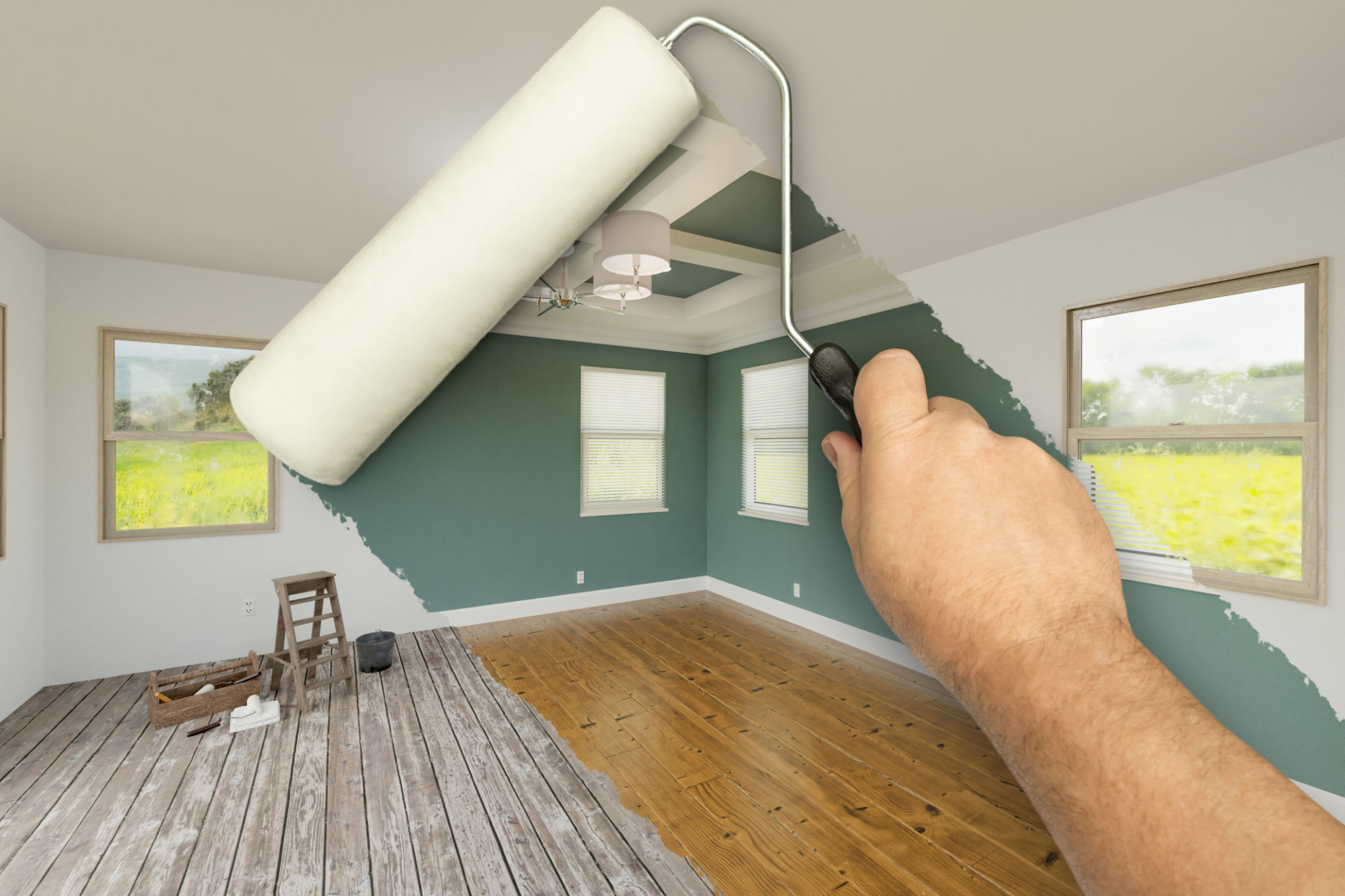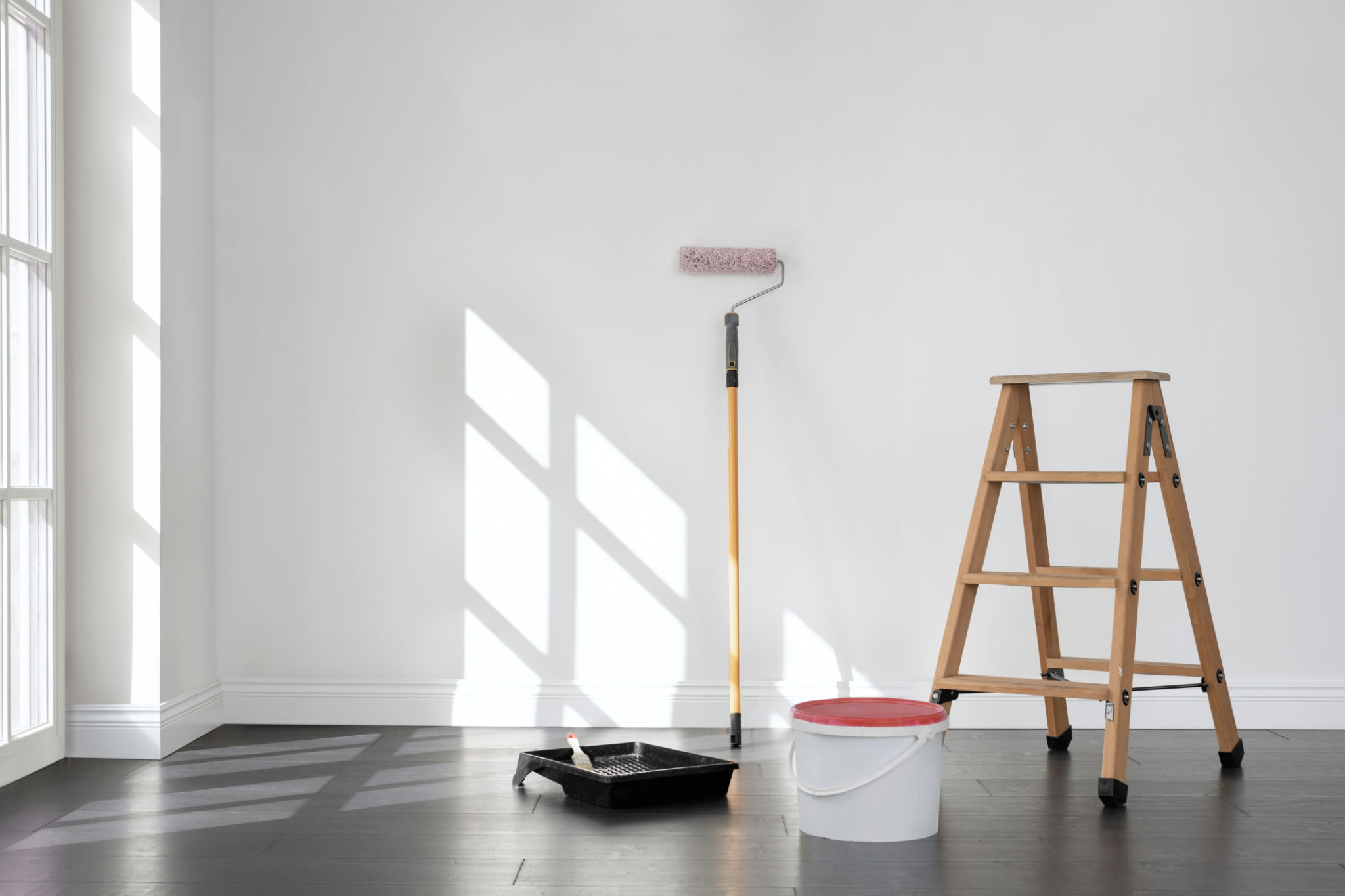Top 5 Common Mistakes to Avoid When Painting Your Home
Introduction
Painting your home can be a rewarding project, transforming your living space with fresh colors and a new look. Whether you're a DIY enthusiast or trying it for the first time, it's easy to make mistakes that can affect the final outcome. Here are the top five common mistakes to avoid when painting your home, ensuring a smooth and successful project.

Skipping Surface Preparation
One of the most crucial steps in painting is preparing the surface. Neglecting to clean and prepare the walls can lead to uneven paint application and poor adhesion. Before you start, ensure that surfaces are clean, dry, and free from dust or grease. Use sandpaper to smooth out any rough areas and fill in cracks or holes with spackle.
Importance of Priming
Priming is often overlooked, yet it plays a vital role in achieving a professional finish. Primer creates a uniform surface for the paint to adhere to, enhancing the paint's longevity. Skipping this step can lead to uneven coloring and paint peeling. Always apply a primer coat, especially on new drywall or patched areas.
Choosing the Wrong Paint
Selecting the right type of paint for your project is essential. Using interior paint for outdoor surfaces or vice versa can lead to premature wear and fading. Consider factors like the room's purpose, lighting, and moisture levels when choosing paint. For instance, use mildew-resistant paint in high-humidity areas like bathrooms.

Ignoring Paint Finishes
The finish of the paint can significantly affect the room's aesthetics and maintenance. High-gloss finishes are easier to clean but highlight imperfections, while flat finishes hide flaws but are harder to clean. Choose a finish that suits the room's function and desired look.
Using Incorrect Tools
The right tools can make all the difference in your painting project. Many people make the mistake of using old or inappropriate brushes and rollers, resulting in streaks and uneven application. Invest in quality tools that match your paint type and desired texture. For example, use a high-density roller for smooth walls and a thicker roller for textured surfaces.

Not Testing Colors First
It's tempting to choose a color based on small swatches or online images without testing it on your walls first. Lighting conditions can alter how colors appear in your space. To avoid disappointment, test colors on a small section of the wall and observe how they look at different times of the day before committing to a full-room application.
Rushing the Process
Painting requires patience and precision, but rushing can lead to unsatisfactory results. Allow each coat to dry completely before applying the next. Skipping this step can cause paint to peel or bubble. Follow the manufacturer's drying time recommendations for the best outcome.
Neglecting Cleanup
Once you're done painting, proper cleanup is just as important as preparation. Neglecting to clean brushes, rollers, and trays immediately can ruin them for future use. Clean tools with warm water (for water-based paints) or the appropriate solvent (for oil-based paints) to ensure they remain in good condition for your next project.
Conclusion
Avoiding these common mistakes can help you achieve a beautiful, long-lasting finish that enhances your home's appearance. Take the time to prepare, choose the right materials, and follow through with each step carefully. With attention to detail and patience, your painting project will be a success.